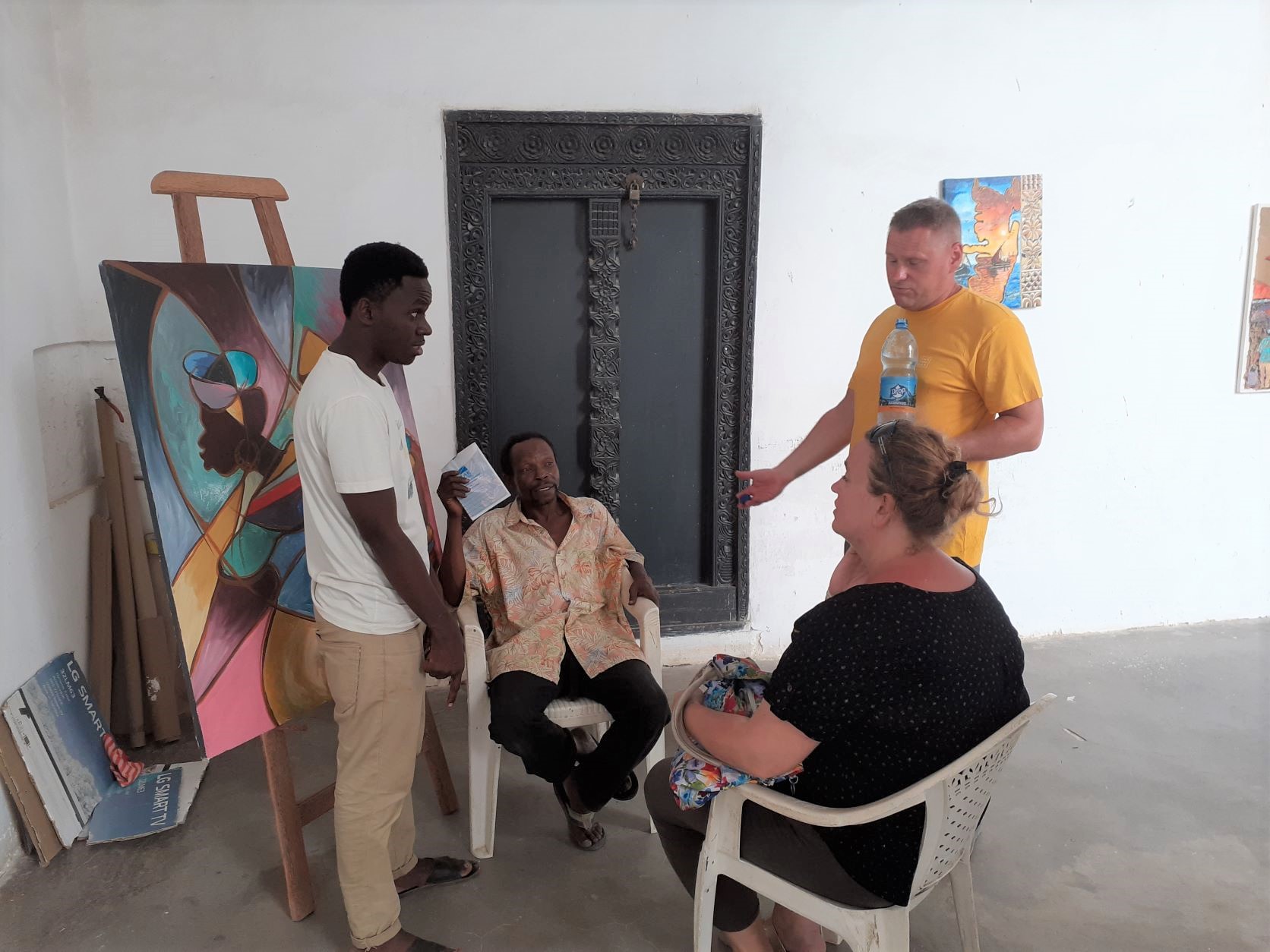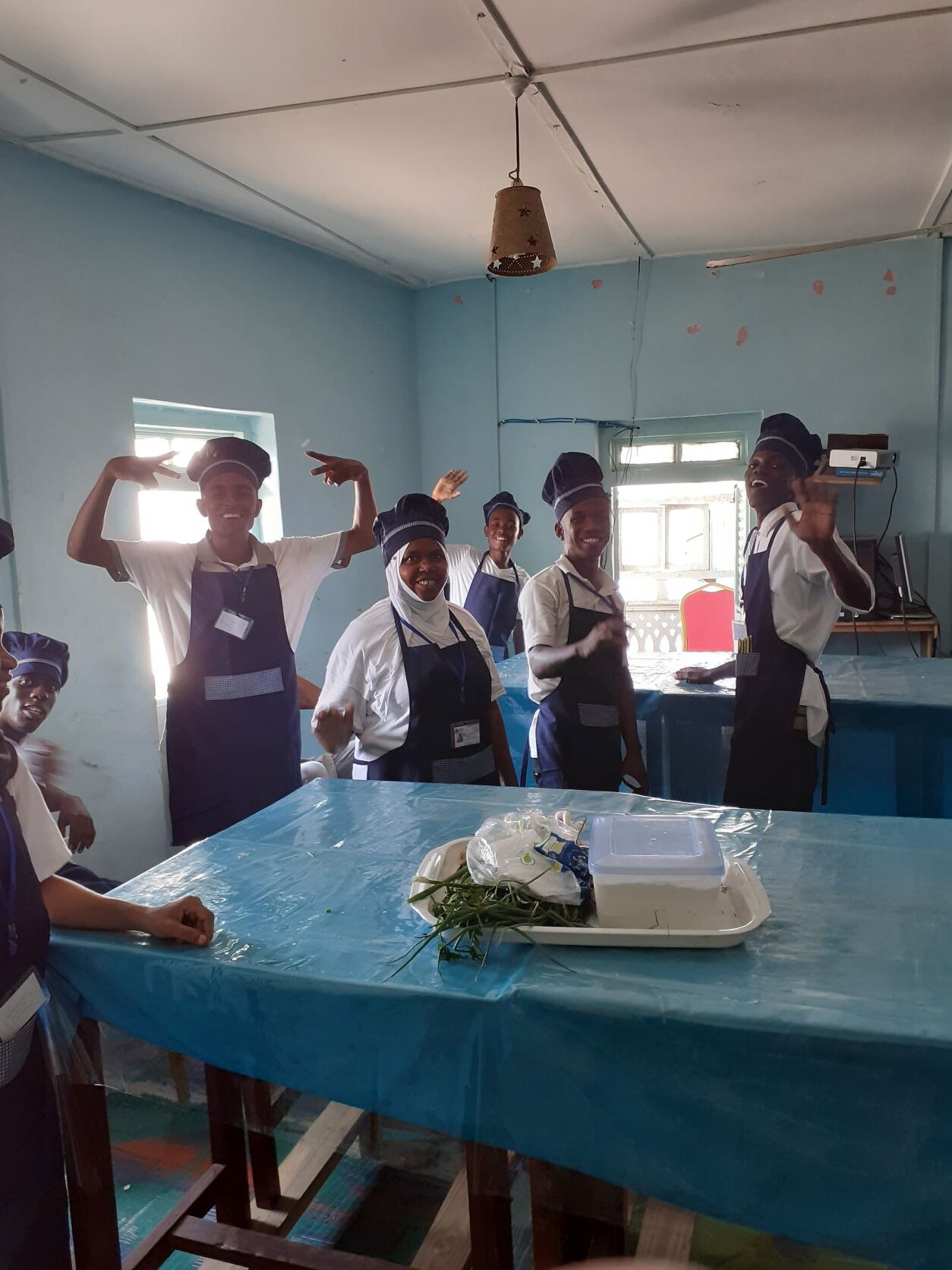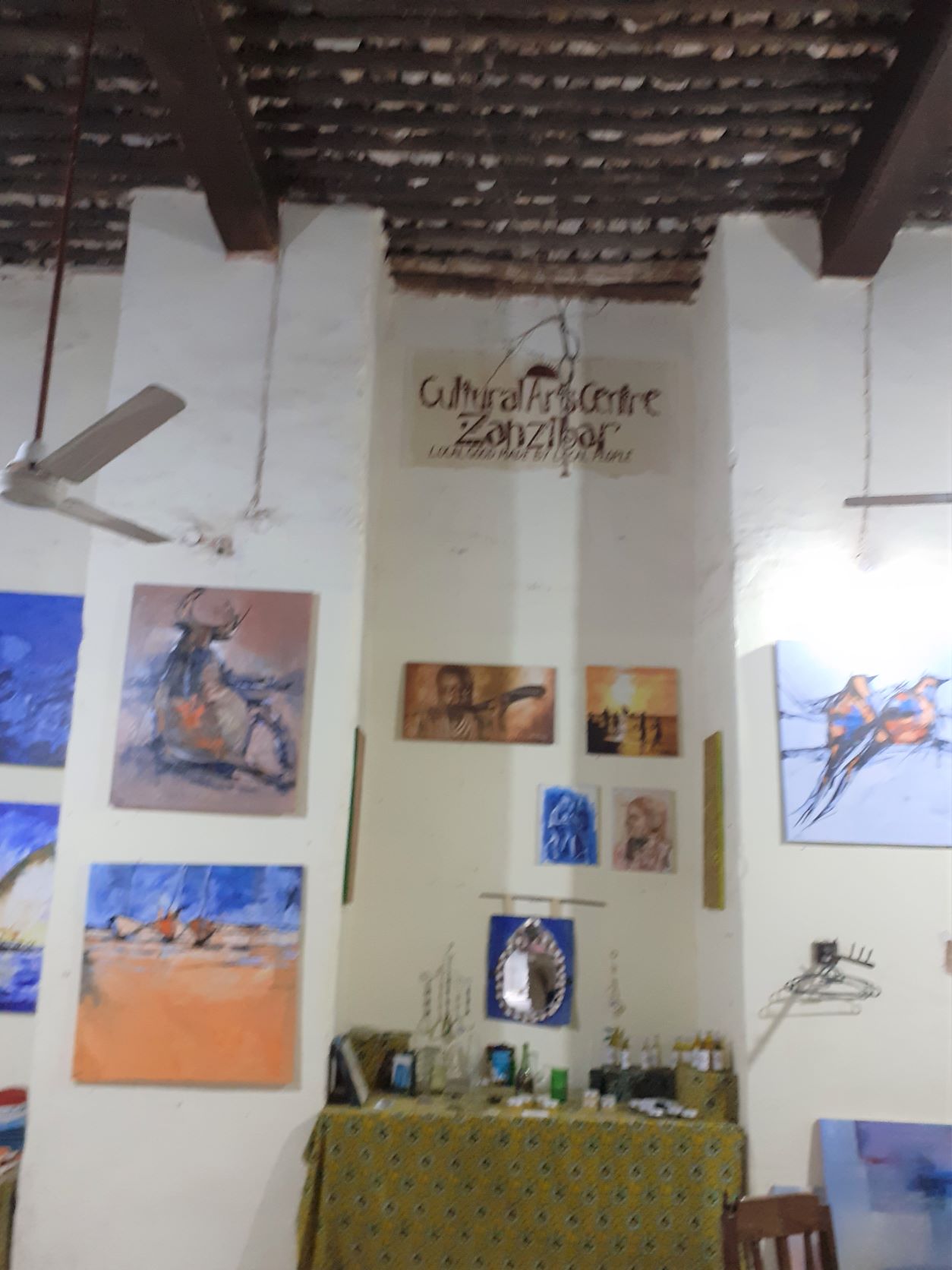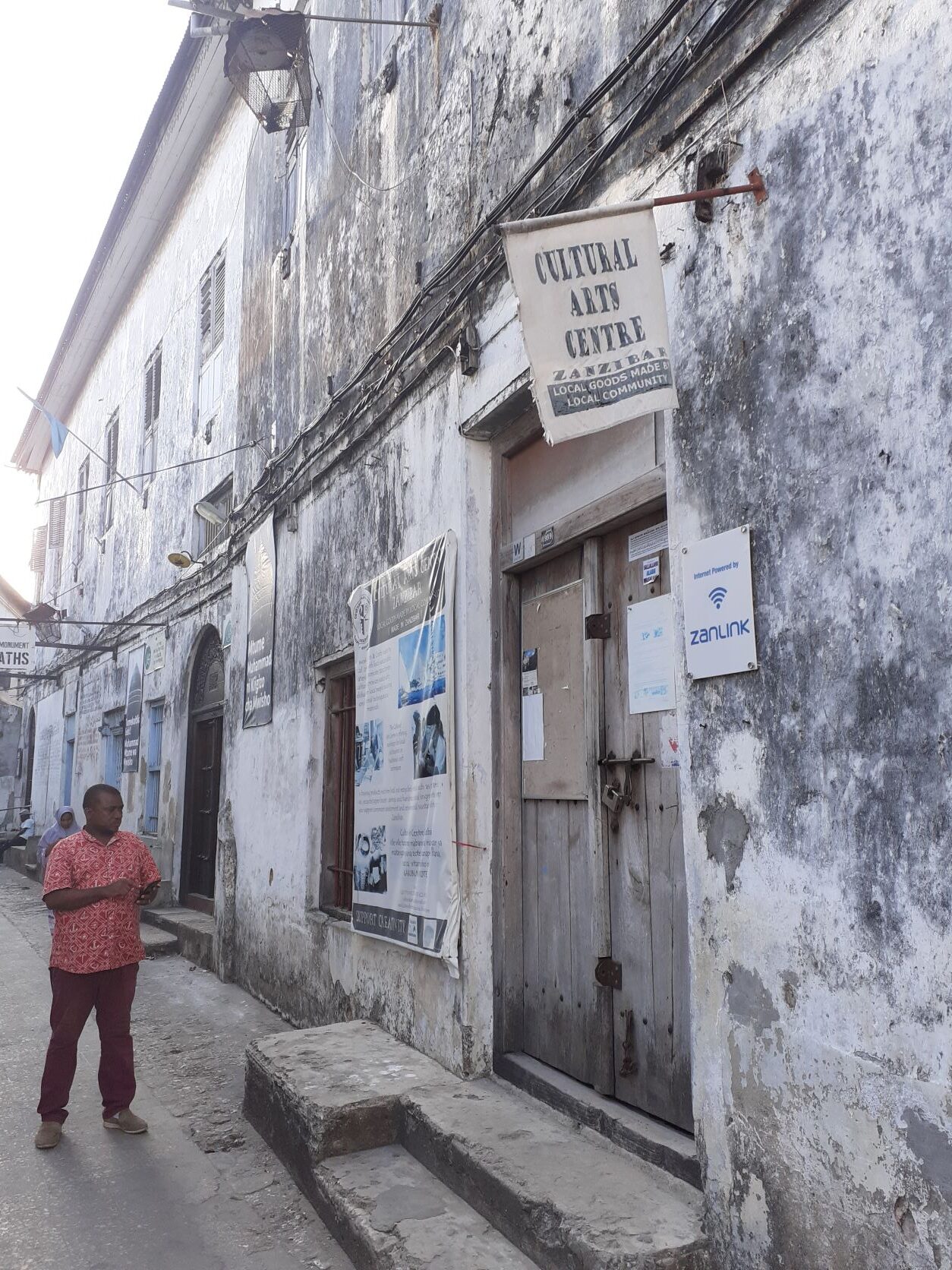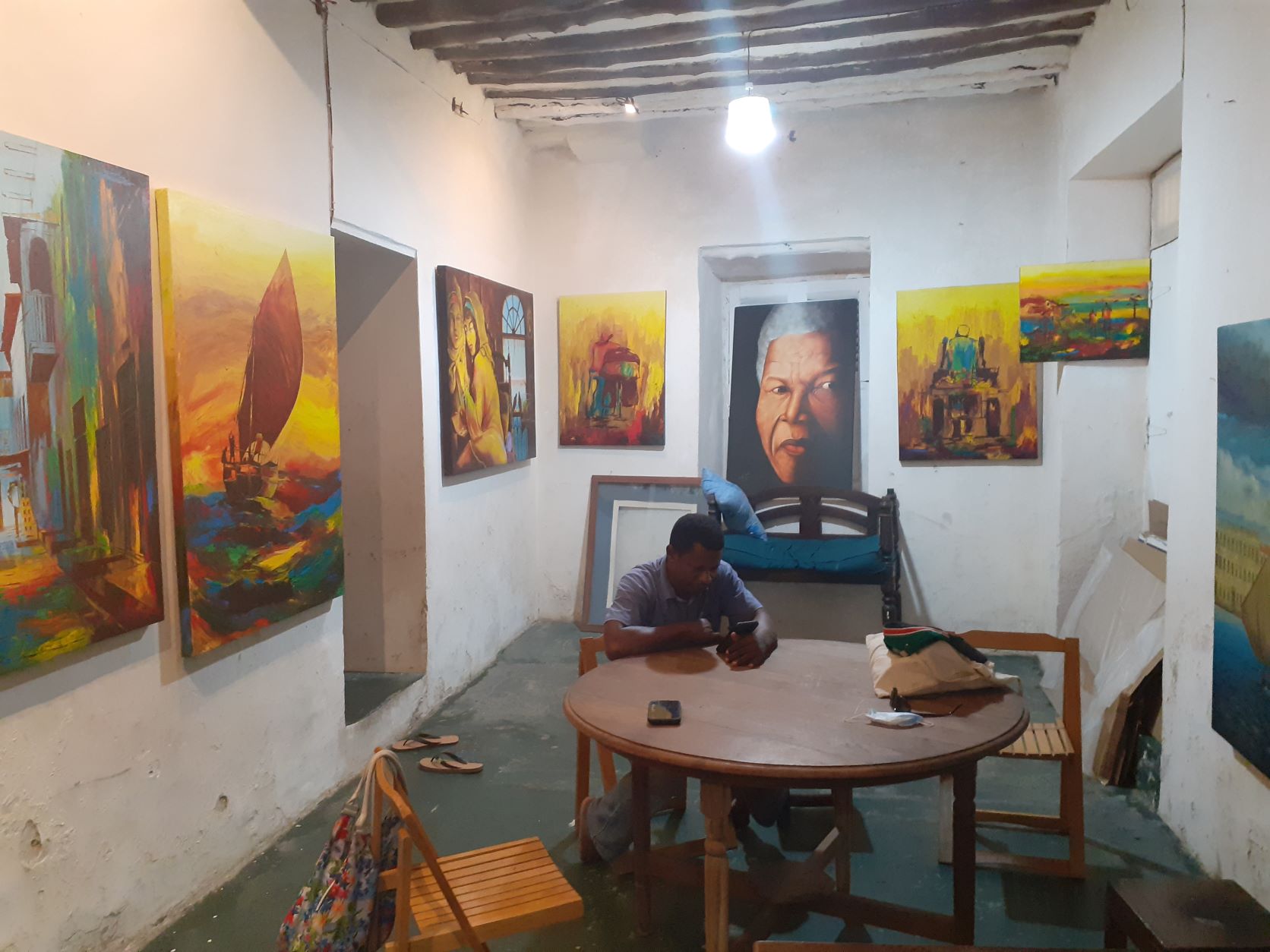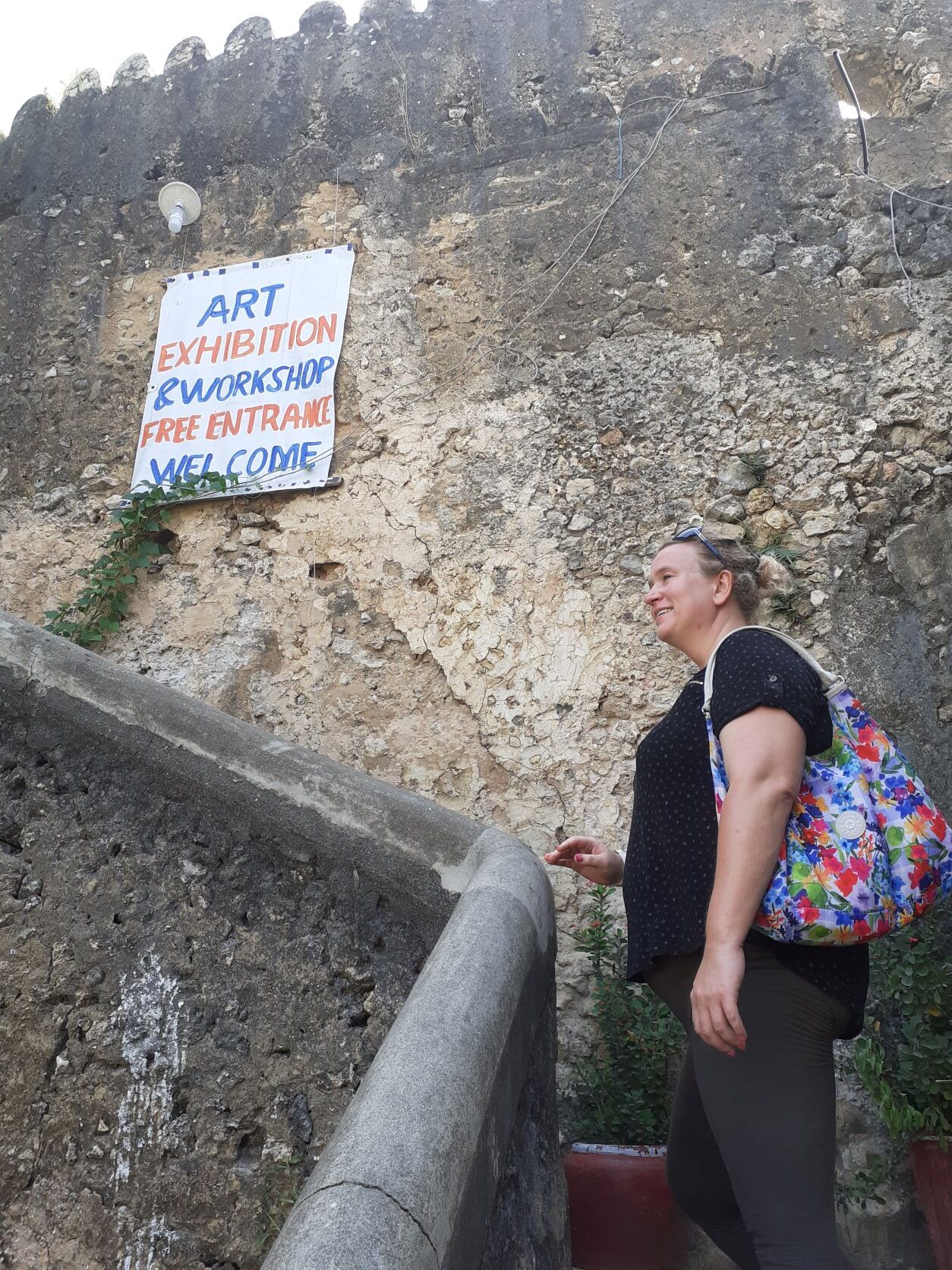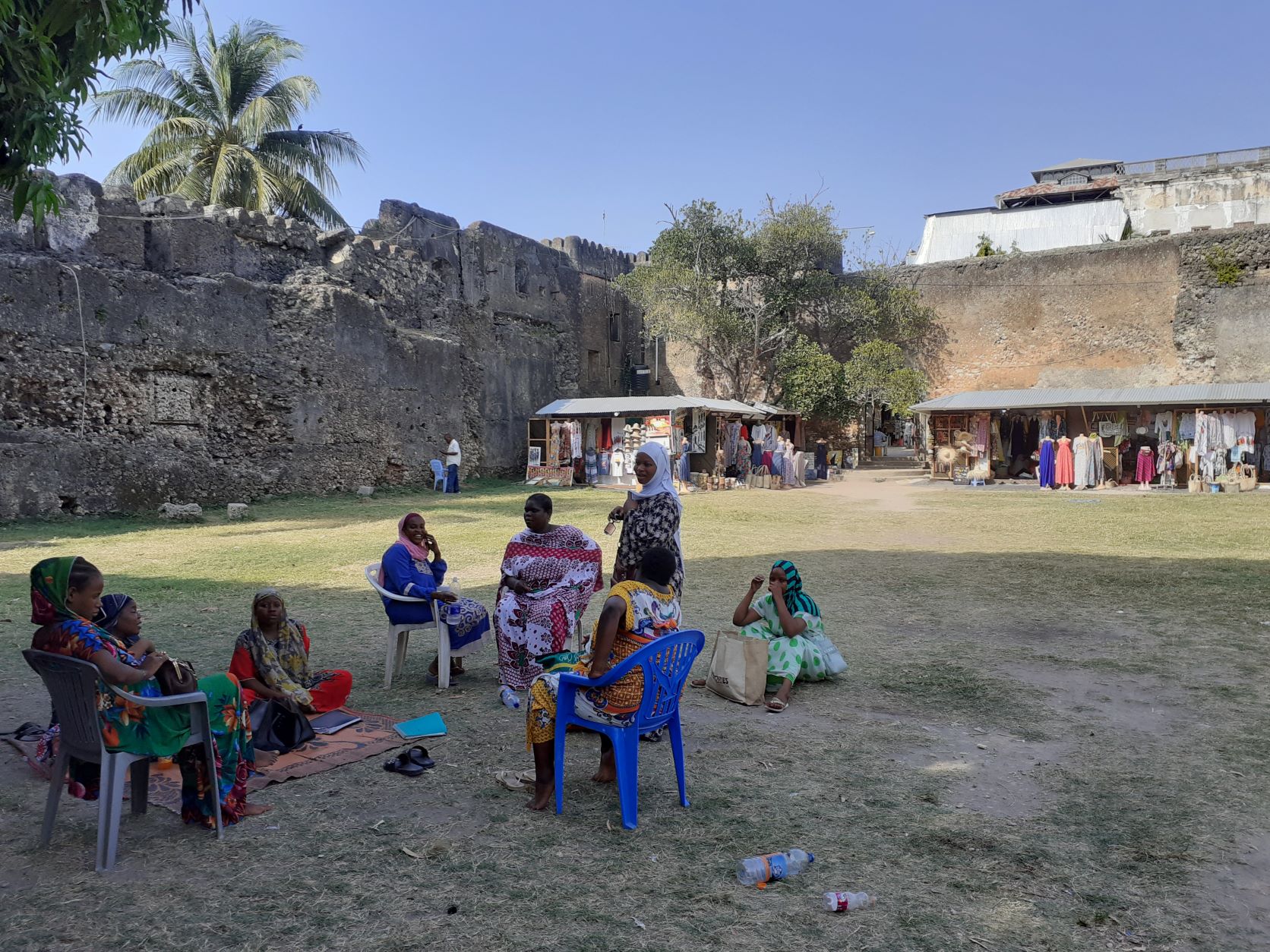Project participants from the National Museum in Szczecin conducted research in two countries on their Spring 2022 secondment, learning about collective initiatives among community-based artists, craftsmen and educators in Kenya (Ewa Prądzyńska, Katarzyna Podyma, Marlena Chybowska Butler) and Tanzania (MCB) as part of ongoing efforts to engage cultural actors and assess their impact, as well as that of European culture, on artmaking in East Africa.
PART 4/4
Research on Zanzibar took place mainly in Stone Town, which comprises one half of Zanzibar City, the island’s capital, where team members met with artists and educators. They included:
Bayuu Gallery – operated by Yusuf Bayuu, a painter who also works in acrylic. His use of color in portraiture, cityscapes, and nautical motifs earn him a steady income, through which he leases the space in Stone Town where he and his family live and from which he works and sells his art.
Cultural Arts Centre Zanzibar – a collective that provides space for local artists and artisans to exhibit and create. These include painters, sculptors, crafters and soap-makers. The collective is run by a group that includes Hamad Hamad, who said that the facility that sits across from an historic Hamamni helps to keep local traditions alive. Among the recycled materials members use in their works, books made from recycled paper point to the Centre’s focus on sustainability. Sales of handmade soap and other items support center’s educational activities.
Housed in a tower of Stone Town’s dilapidated Old Fort, the gallery and studio space run by Ausiy Brothers provides platform for the island’s painters and artmakers to reach wider audience. The bulk of the production is acrylic on canvas, though boards, printing and pencil drawing also can be found on the walls and in the stacks that line the gallery’s circular wall. The Ausiys said sales go in part to fund materials purchases and that the center is a locus for relatively established painters and those honing their skills.
Such is the effect of weather on traditional building materials that many historic buildings in Zanzibar City are uninhabitable or undergoing renovation. Palaces dating from the period of Arab control of the island, such as the House of Wonder and the sultan’s residence housing the People’s Palace Museum both were boarded up, with many functions and displays migrating to other buildings along the Stone Town waterfront.
The Customs House and Old Dispensary are two of these. While at the Customs House, researchers had a chance to meet with artist Khalfani Kiloko, whose modernist treatment of street scenes in the old town were among those offered for sale in a group show. Meanwhile, the Old Dispensary offered a show of images taken by members of the island’s Indian diaspora, with photographers tied to the Portuguese enclave of Goa on the subcontinent celebrated for their recording of island life and people in the early decades of the last century. That tradition lives on, with photographer Robin Batista among those making images and selling them in Stone Town shops and galleries.
The NMS team also met with educators, who are training youth from outside Zanzibar City for work in the island’s hotel industry. Called the Kawa Training Centre and based in Stone Town, the non-profit draws funds from a German tour company and works across a range of disciplines. As part of participating in culinary arts skills test, researchers made the acquaintance of a manager at the Emerson Huruzumi Hotel, a restored merchant’s residence in an old section of Stone Town that contains numerous examples of fine and decorative art from the colonial and contemporary periods.

